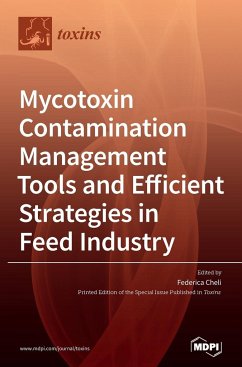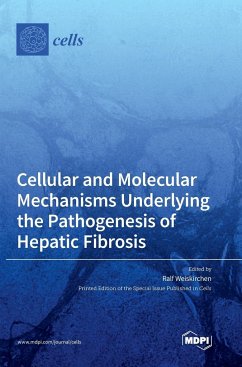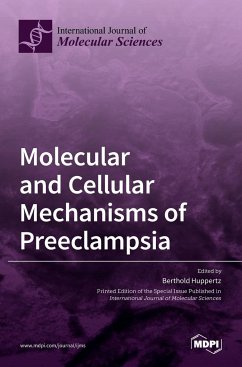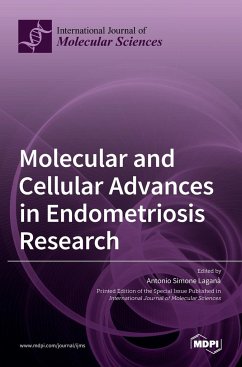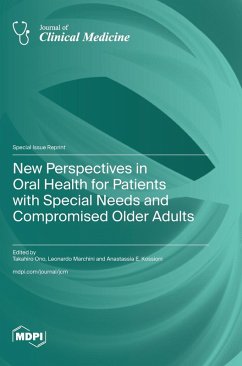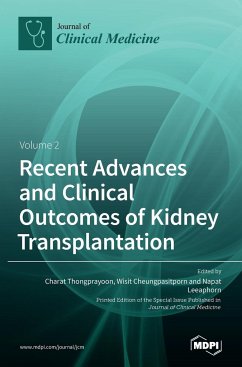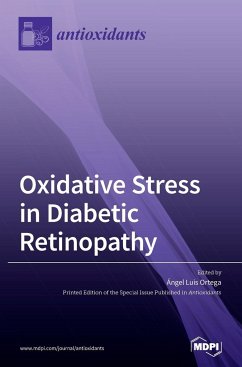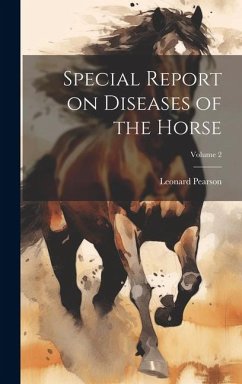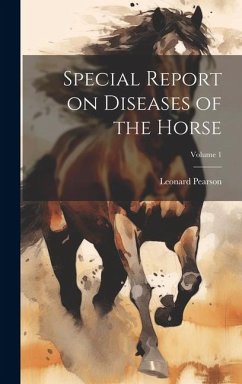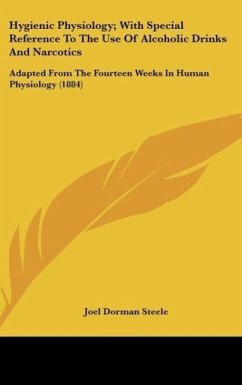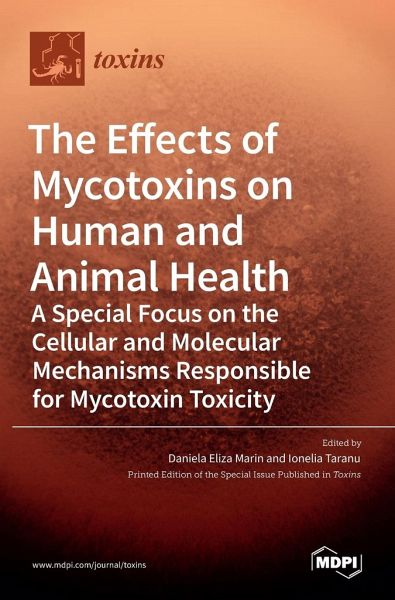
The Effects of Mycotoxins on Human and Animal Health-a Special Focus on the Cellular and Molecular Mechanisms Responsible for Mycotoxin Toxicity
Versandkostenfrei!
Versandfertig in 1-2 Wochen
56,99 €
inkl. MwSt.

PAYBACK Punkte
28 °P sammeln!
This Special Issue gathers original studies (eight articles and one review) that aim to improve our knowledge concerning mycotoxin toxicity. The most recent research concerning the impact of zearalenone (ZEA) and the immune response is presented in a review that aims to explore the immunotoxicity produced by ZEA on different types of immune cells (phagocytes related to innate immunity and lymphocytes related to acquired immunity) as well as on immune organs, and also to identify the mechanism of action used by ZEA to modulate the immune response. The role of zearalenone in macrophage-mediated ...
This Special Issue gathers original studies (eight articles and one review) that aim to improve our knowledge concerning mycotoxin toxicity. The most recent research concerning the impact of zearalenone (ZEA) and the immune response is presented in a review that aims to explore the immunotoxicity produced by ZEA on different types of immune cells (phagocytes related to innate immunity and lymphocytes related to acquired immunity) as well as on immune organs, and also to identify the mechanism of action used by ZEA to modulate the immune response. The role of zearalenone in macrophage-mediated innate immunity after bacterial lipopolysaccharide (LPS) stimulation was the subject of another study, suggesting that the intake of ZEA-contaminated food might result in decreasing innate immunity. Another important study related to the co-exposure to mycotoxins and other food/feed contaminants showed that combining patulin with cadmium induces enhanced hepatotoxicity and nephrotoxicity both in vitro and in vivo, while the exposure to both deoxynivalenol and porcine circovirus has an additive effect on inflammatory cytokines by inducing the mRNA expression of interleukine-1 beta (IL-1¿) and interleukine-6 (IL-6). The use of feed compounds rich in bioactive constituents for mitigating the mycotoxins effects in swine was the subject of other three studies herein, which have shown the efficacy of antioxidants from dietary grapeseed and sea buckthorn meal waste to decrease the toxicity of a diet contaminated with aflatoxin B1 or both aflatoxin B1 and ochratoxin A at the level of organs involved in the metabolism and excretion (liver and kidney), as well as at the level of secondary lymphoid organs (mesenteric lymph nodes). The use of different models (cell co-culture model, rat model) are recommended by another two studies in order to evaluate the ochratoxin A toxicity or for better prediction of the mycotoxins risk for human cancer.





